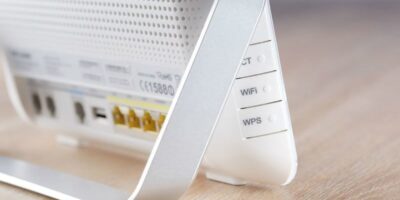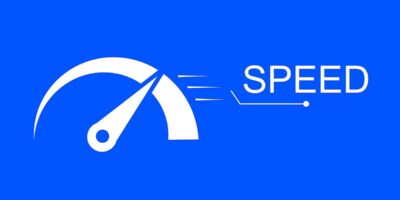
The Internet of Things, often known as the Internet of Everything, is a network of physical items linked to the web that grows every day. These objects can include everything from wearable devices to industrial machines. By using sensors and other data-gathering technologies, these objects are able to collect and exchange information.
The potential benefits of IoT are many and varied. They include better asset management, improved efficiency and productivity, greater safety and security, and more personalized experiences.
Better asset management: With IoT devices connected to the internet, organizations can more effectively track and manage their assets. It is especially useful for companies with many physical assets, such as manufacturing plants or retail stores.
Improved efficiency and productivity: By collecting data from connected devices, businesses can learn how their operations are running and identify areas where they can be made more efficient. For example, a manufacturing company might use IoT data to optimize its production line, or a retailer might use it to track inventory levels.
Greater safety and security: IoT devices can help businesses improve safety and security by providing real-time data on potential risks. For example, a connected security camera could alert the police if it detects suspicious activity.
More personalized experiences: IoT devices may monitor users’ actions and interests, allowing more customized services. For example, a smart home device might adjust the temperature based on the time of day, or a retail store might offer discounts to customers who have been browsing for a long time.
However, IoT also has significant challenges, including data privacy and security concerns, interoperability issues, and the need for skilled personnel to handle the vast information generated.
Data privacy and security are among the most pressing concerns for IoT. Devices using the internet are vulnerable to cyber-attacks. Moreover, the vast amount of data generated by IoT devices could be used to track our movements, preferences, and behaviors.
Interoperability is another challenge associated with IoT. For devices and systems to be able to communicate with each other, they need to be compatible with one another. This can be a complex and costly undertaking.
Also, the vast amount of data generated by IoT devices requires skilled personnel to manage and interpret it. Without the proper tools and training, this data could quickly become overwhelming.
Despite these challenges, it is estimated that there will be 30 billion connected devices by 2028, and the IoT market is expected to grow to $1.7 trillion by that same year. This rapid growth is driven by advances in technology, including cheaper and more powerful sensors, higher-speed networking, and more sophisticated data analytics tools
As the IoT expands, it is important to consider both the potential benefits and the challenges associated with this transformative technology.









